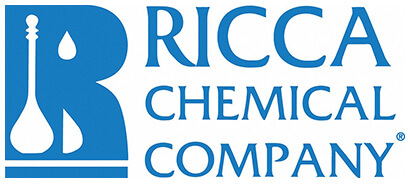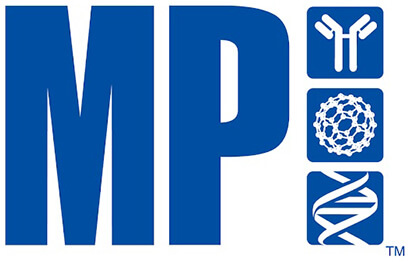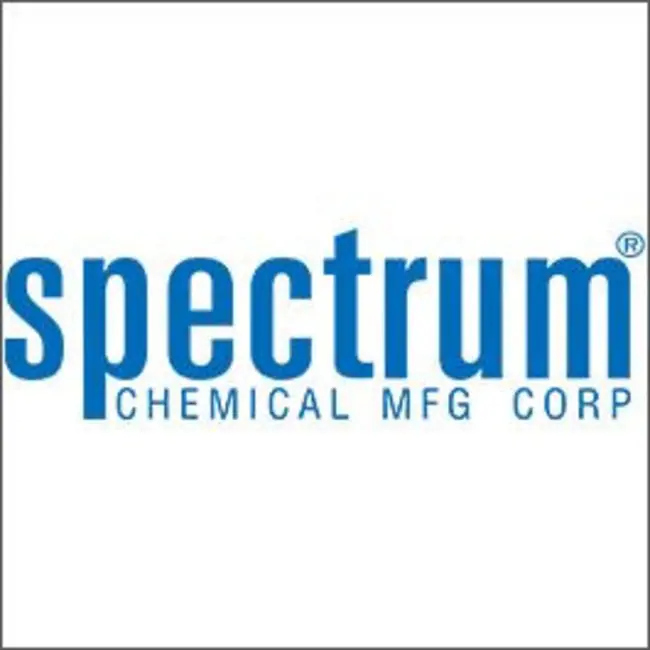Ambient
Showing 68551–68600 of 146505 results
-
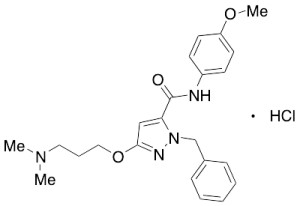
CFM 1571 Hydrochloride
$135.41 Add to cart View Product DetailsMolecular Formula : C23 H28 N4 O3 . HCl
-

CFM 1571 Hydrochloride
$235.46 Add to cart View Product DetailsMolecular Formula : C23 H28 N4 O3 . HCl
-
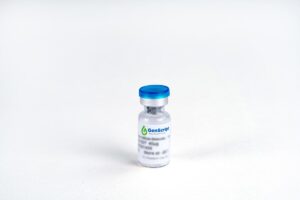
cGFP-tag Antibody, mAb, Mouse
$87.98 Add to cart View Product DetailsThe antibody reacts with various forms of GFP including eGFP, OFP, and GFPuv.
-

cGMP ELISA Detection Kit
$256.16 Add to cart View Product DetailsKit Description
GenScript cGMP ELISA Detection Kit is a competition enzyme-linked immunoassay which can be used for quantitative detection of cGMP (Guanosine 3′,5′-cyclic monophosphate) in samples such as serum, plasma, saliva, cell culture supernatant, and urine. cGMP is an important secondary messenger in signal transduction pathways. It is a common regulator of ion channel conductance, glycogenolysis, and cellular apoptosis. cGMP is a cyclic nucleotide derived from guanosine triphosphate (GTP). The cellular production of cGMP is mediated by Guanylate cyclase (GC). It activates the cGMP-dependent protein kinases which in turn phosphorylate several downstream protein targets. cGMP has an effect on the regulation of cAMP levels by activating or inhibiting specific phosphodiesterases (PDEs).
The anti-IgG Capture Plate is pre-coated with fixed amount of Goat anti-rabbit IgG to capture Rabbit Anti-cGMP Polyclonal Antibody. When free cGMP or specimen and HRP-cGMP conjugate are added to the well, they compete in the solution to interact with the cGMP antibody captured on the plate. Other unbound molecules are removed by a wash step. The cGMP-HRP reacts with TMB substrate to develop a blue product in the solution. The reaction is stopped by adding stop solution and the color turns yellow which can be read at 450 nm by a Microtiter plate reader. Using the standard curve, the amount of cGMP present in the unknown samples can be calculated by transforming its absorbance value.
-

cGMP-HRP
$94.01 Add to cart View Product DetailscGMP-peroxidase conjugate is a product most suitable for GenScript’s THETM Anti cGMP monoclonal antibody (Cat. No. A01508) and Rabbit Anti-cGMP polyclonal antibody (Cat. No. A00615) in immunoassay development for cGMP detection. HRP is conjugated to the C-8 position of cGMP.
-
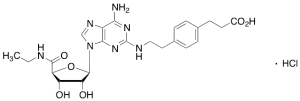
CGS 21680A
$108.68 Add to cart View Product DetailsMolecular Formula : C23 H29 N7 O6 . Cl H
-

CGS 21680A
$169.05 Add to cart View Product DetailsMolecular Formula : C23 H29 N7 O6 . Cl H
-
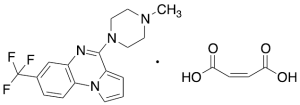
CGS-12066A Maleate Salt
$160.43 Add to cart View Product DetailsMolecular Formula : C17H17F3N4 . C4H4O4
-

CGS-12066A Maleate Salt
$253.58 Add to cart View Product DetailsMolecular Formula : C17H17F3N4 . C4H4O4
-
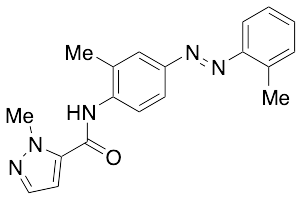
CH 223191
$78.49 Add to cart View Product DetailsMolecular Formula : C19H19N5O
-

CH 223191
$137.14 Add to cart View Product DetailsMolecular Formula : C19H19N5O
-
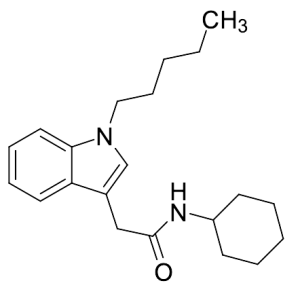
CH-PIATA
$133.69 Add to cart View Product DetailsMolecular Formula : C21 H30 N2 O
-

CH-PIATA
$615.83 Add to cart View Product DetailsMolecular Formula : C21 H30 N2 O
-

CH-PIATA
$1,063.46 Add to cart View Product DetailsMolecular Formula : C21 H30 N2 O
-
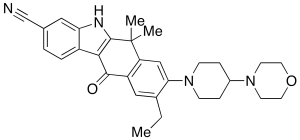
CH5424802
$130.24 Add to cart View Product DetailsMolecular Formula : C30H34N4O2
-

CH5424802
$233.74 Add to cart View Product DetailsMolecular Formula : C30H34N4O2
-

CH5424802
$1,279.09 Add to cart View Product DetailsMolecular Formula : C30H34N4O2
-
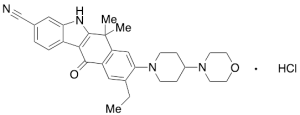
CH5424802 (Alectinib) Hydrochloride
$125.93 Add to cart View Product DetailsMolecular Formula : C30 H34 N4 O2 . Cl H
-

CH5424802 (Alectinib) Hydrochloride
$192.34 Add to cart View Product DetailsMolecular Formula : C30 H34 N4 O2 . Cl H
-

CH5424802 (Alectinib) Hydrochloride
$389.85 Add to cart View Product DetailsMolecular Formula : C30 H34 N4 O2 . Cl H
-
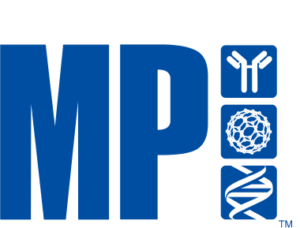
Chamber seal
$327.15 Add to cart View Product DetailsChamber seal
-
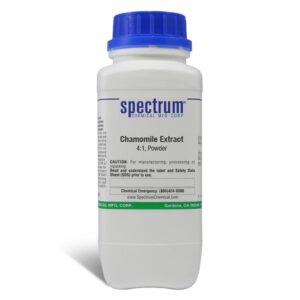
Chamomile Extract, 4:1, Powder
$336.85 Add to cart View Product DetailsChamomile Extract, 4:1, Powder
-
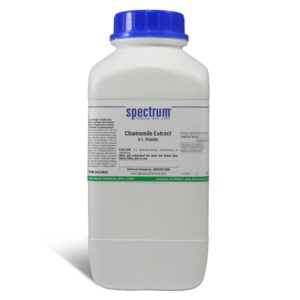
Chamomile Extract, 4:1, Powder
$1,014.60 Add to cart View Product DetailsChamomile Extract, 4:1, Powder
-
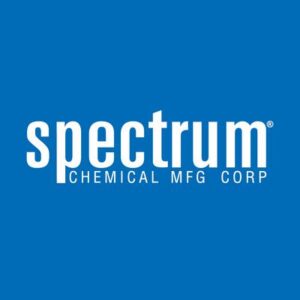
Chamomile Extract, 4:1, Powder
$2,520.58 Add to cart View Product DetailsChamomile Extract, 4:1, Powder
-

CHAPS
$55.40 Add to cart View Product DetailsCHAPS is a nondenaturing zwitterionic detergent for solubilizing membrane proteins and breaking protein-protein interactions. Combines the useful properties of both the sulfobetaine-type and the bile salt detergents.
-

CHAPS
$163.55 Add to cart View Product DetailsCHAPS is a nondenaturing zwitterionic detergent for solubilizing membrane proteins and breaking protein-protein interactions. Combines the useful properties of both the sulfobetaine-type and the bile salt detergents.
-

CHAPS
$659.16 Add to cart View Product DetailsNondenaturing zwitterionic detergent for solubilizing membrane proteins and breaking protein-protein interactions. For protein solubilization in non denaturing isoelectric focusing and 2-D electrophoresis
-

CHAPS
$1,738.20 Add to cart View Product DetailsNondenaturing zwitterionic detergent for solubilizing membrane proteins and breaking protein-protein interactions. For protein solubilization in non denaturing isoelectric focusing and 2-D electrophoresis
-

CHAPS Lysis Buffer
$112.53 Add to cart View Product DetailsCHAPS Lysis Buffer
-

CHAPS Lysis Buffer
$198.47 Add to cart View Product DetailsCHAPS Lysis Buffer
-

CHAPS, ≥98%
$137.25 Add to cart View Product DetailsChaps
-
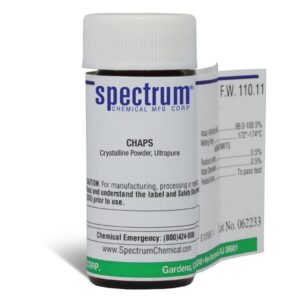
CHAPS, Crystalline Powder, Ultrapure
$93.50 Add to cart View Product DetailsCHAPS, Crystalline Powder, Ultrapure
-

CHAPS, Crystalline Powder, Ultrapure
$295.45 Add to cart View Product DetailsCHAPS, Crystalline Powder, Ultrapure
-
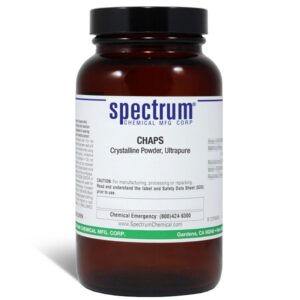
CHAPS, Crystalline Powder, Ultrapure
$3,263.38 Add to cart View Product DetailsCHAPS, Crystalline Powder, Ultrapure
-
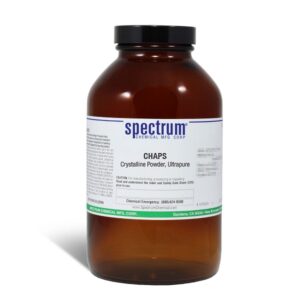
CHAPS, Crystalline Powder, Ultrapure
$4,823.03 Add to cart View Product DetailsCHAPS, Crystalline Powder, Ultrapure
-

CHAPS, Crystalline Powder, Ultrapure
$27,118.81 Add to cart View Product DetailsCHAPS, Crystalline Powder, Ultrapure
-
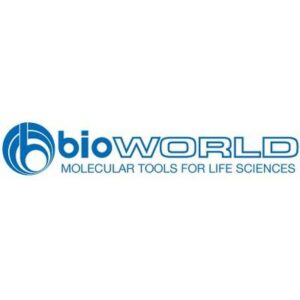
CHAPSO
$132.17 Add to cart View Product DetailsCHAPSO
-

CHAPSO
$285.35 Add to cart View Product DetailsCHAPSO
-

CHAPSO
$539.13 Add to cart View Product DetailsCHAPSO
-

CHAPSO, ≥98%
$103.25 Add to cart View Product DetailsCHAPSO is the hydroxy analog of CHAPS; a nondenaturing zwitterionic detergent for solubilizing proteins, especially integral membrane proteins while maintaining the functional capability of the protein of interest. It has a more polar head group than CHAPS, giving it a greater solubility. CHAPSO has a high CMC (8 mM) and does not denature membrane-bound proteins. It can solubilize the opiate receptor in a state exhibiting reversible binding of opiates.
-

CHAPSO, ≥98%
$150.11 Add to cart View Product DetailsCHAPSO is the hydroxy analog of CHAPS; a nondenaturing zwitterionic detergent for solubilizing proteins, especially integral membrane proteins while maintaining the functional capability of the protein of interest. It has a more polar head group than CHAPS, giving it a greater solubility. CHAPSO has a high CMC (8 mM) and does not denature membrane-bound proteins. It can solubilize the opiate receptor in a state exhibiting reversible binding of opiates.
-

CHAPSO, ≥98%
$505.93 Add to cart View Product DetailsCHAPSO is the hydroxy analog of CHAPS; a nondenaturing zwitterionic detergent for solubilizing proteins, especially integral membrane proteins while maintaining the functional capability of the protein of interest. It has a more polar head group than CHAPS, giving it a greater solubility. CHAPSO has a high CMC (8 mM) and does not denature membrane-bound proteins. It can solubilize the opiate receptor in a state exhibiting reversible binding of opiates.
-

CHAPSO, ≥98%
$2,011.86 Add to cart View Product DetailsCHAPSO is the hydroxy analog of CHAPS; a nondenaturing zwitterionic detergent for solubilizing proteins, especially integral membrane proteins while maintaining the functional capability of the protein of interest. It has a more polar head group than CHAPS, giving it a greater solubility. CHAPSO has a high CMC (8 mM) and does not denature membrane-bound proteins. It can solubilize the opiate receptor in a state exhibiting reversible binding of opiates.
-
![Charcoal Activated, [Catalyst for Oxidation using Molecular Oxygen]](https://advatechgroup.com/wp-content/uploads/TCI-300x300.jpg)
Charcoal Activated, [Catalyst for Oxidation using Molecular Oxygen]
$61.84 Add to cart View Product DetailsCharcoal Activated, [Catalyst for Oxidation using Molecular Oxygen]
-
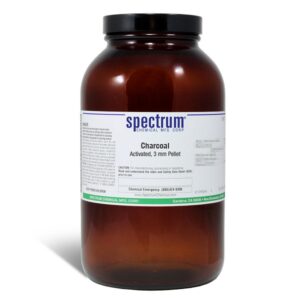
Charcoal, Activated, 3 mm, Norit(R) RBHG, Pellets
$154.47 Add to cart View Product DetailsCharcoal, Activated, 3 mm, Norit(R) RBHG, Pellets
-
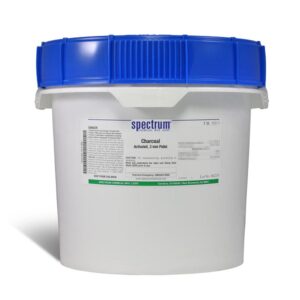
Charcoal, Activated, 3 mm, Norit(R) RBHG, Pellets
$453.50 Add to cart View Product DetailsCharcoal, Activated, 3 mm, Norit(R) RBHG, Pellets
-
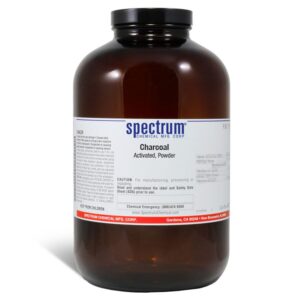
Charcoal, Activated, Norit(R) CA1, Powder
$79.12 Add to cart View Product DetailsCharcoal, Activated, Norit(R) CA1, Powder
-
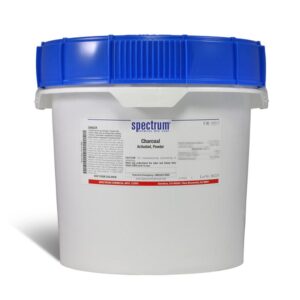
Charcoal, Activated, Norit(R) CA1, Powder
$245.43 Add to cart View Product DetailsCharcoal, Activated, Norit(R) CA1, Powder
-
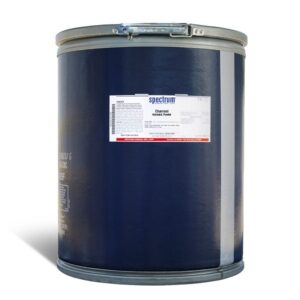
Charcoal, Activated, Norit(R) CA1, Powder
$664.49 Add to cart View Product DetailsCharcoal, Activated, Norit(R) CA1, Powder
-

Charcoal, Activated, Norit(R) CA1, Powder
$3,208.71 Add to cart View Product DetailsCharcoal, Activated, Norit(R) CA1, Powder


